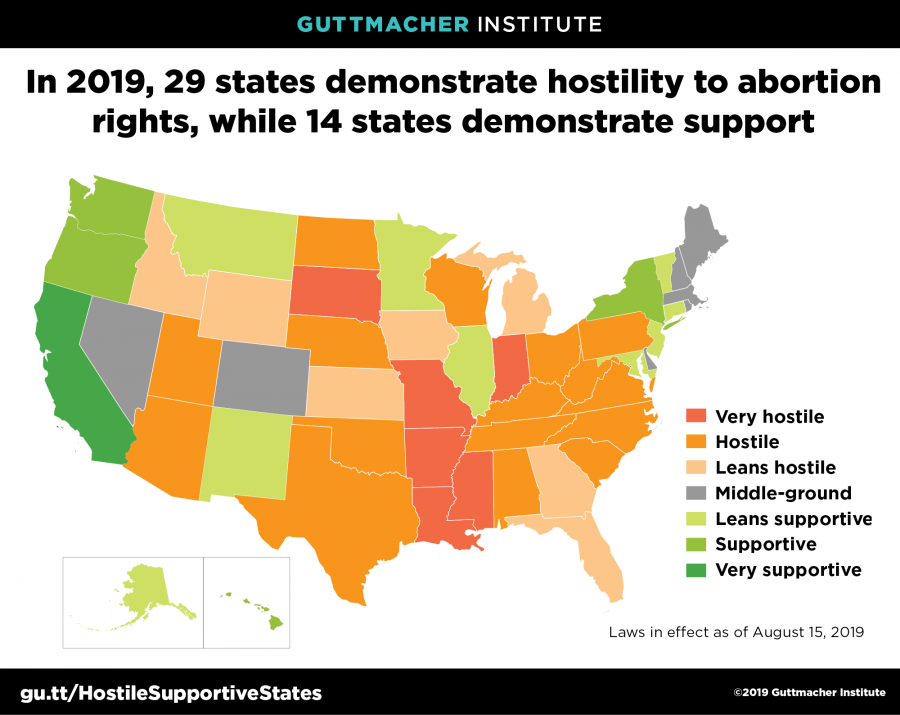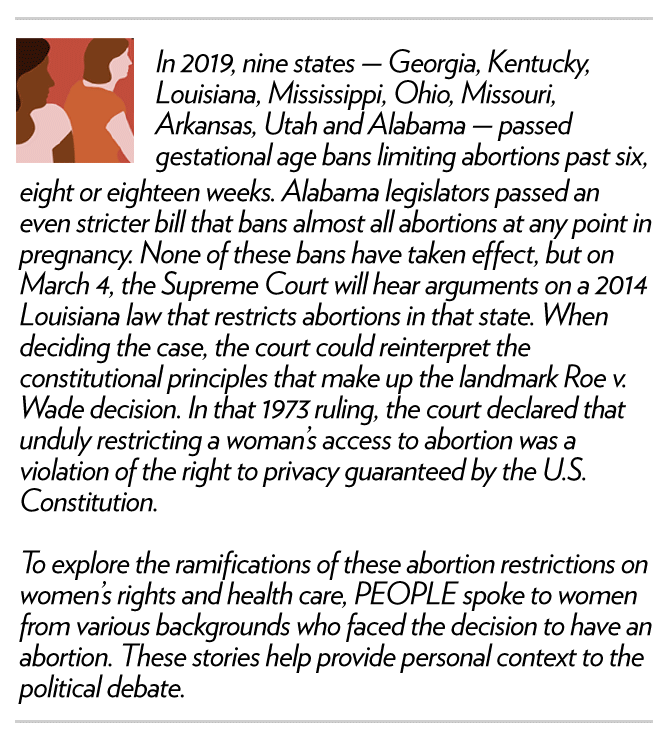I Was Lucky to Survive an Illegal Abortion in 1962, Before Roe v. Wade
I was a graduate student at Stanford in the early ’60s, a time when an unmarried woman could not legally even get an IUD or birth control pills. And so, we took our chances and for the most part, many men did not want to use a condom and women’s rights had not really reached a level where we could demand or insist or require the use of a condom. So often we had sex without a condom and took our chances.
While I was a student, I became unintentionally pregnant and I had no partner; I had no savings. I was in debt paying for graduate school. I didn’t have a job yet, except working in the student union cafeteria to cover my daily expenses; I just felt that without a partner and without a job, I really was not able and didn’t want to bring a child into the world, so I decided to get an abortion.
I was in medical school doing my training for speech and hearing therapy and I was trying to find someone, anyone, who could help me. Basically, I found nothing. I went to my gynecologist and he said he could not help me and so I had an idea in the back of my mind that my landlord, who I knew was an alcoholic and a gambler, might know someone who could perform an illegal abortion, and he did.
So I borrowed money from my family, not telling them why, and I went to Reno, Nevada, alone. Everything was completely anonymous. I was told before I left to take a taxi and to put on a blindfold, which I did, and basically I didn’t know really where I was or quite what I was doing. I went into a building blindfolded and someone escorted me and I lay on a cold, hard surface and I was given a very painful illegal abortion. But my main feeling, in addition to pain and fear — was gratitude.
Then I made my way back to California from Reno, and I began to hemorrhage. I assumed the blood was just the normal after-effect, but I was hemorrhaging more and more intensely and I felt like there was something wrong and I really needed to go to the hospital, so I told my roommate that I was having a really heavy period and she took me to Stanford emergency room and I had a fever of 105 degrees. It turned out I had septicemia and I was put on IVs and kept in the intensive care ward and then, my doctor, who had declined to give me an abortion when I begged him, worked on saving my life. He could legally do that.

I was in the hospital for ten days. Because I was a Stanford graduate student, I had all the medicines and some of the best care in the world, which saved my life. What I didn’t know then, but learned after I was released from the hospital, is that all over the country there were women, low-income women, who were dying, quite literally in the back alleys or in their homes where they had done self-induced abortions. Still I basically kept my experience a secret for 30 years.

And then in 1991, when it looked like the Supreme Court might be stacked in such a way that they could overturn Roe v. Wade, I was so ashamed I hadn’t told anyone and I decided to make a film about my own experience. I went all over the country and spoke and it took quite awhile to find people who would speak with me. I spoke with doctors, with survivors, and I made my first film, which I called When Abortion Was Illegal, which was nominated for the Oscar.
As told to Sheila Cosgrove Baylis


